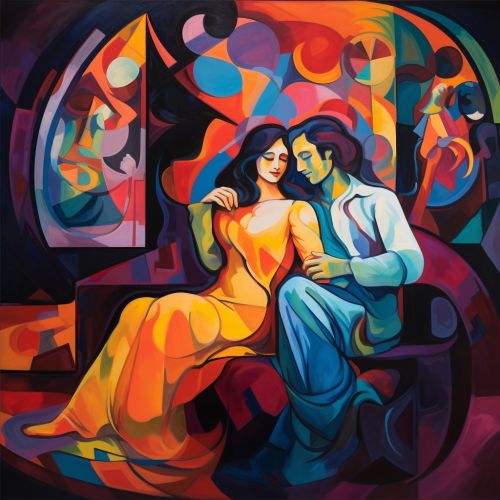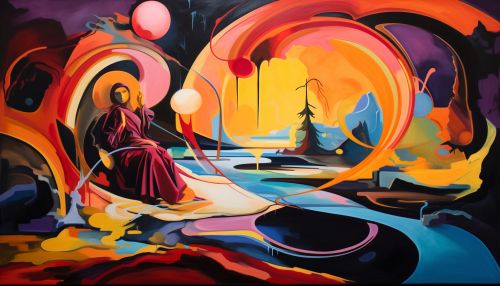Expressionism
Origins and Development
Expressionism is a modernist movement that originated in Germany at the beginning of the 20th century. It is often associated with a number of German artists who sought to depict the emotional reality behind physical reality, often through the use of bold, distorted forms and intense, non-naturalistic color. Expressionism is often considered to be a reaction against the perceived sterility and dehumanizing effects of industrialization and the growth of cities.


The roots of Expressionism can be traced back to certain Post-Impressionist artists like Vincent van Gogh and Edvard Munch, who began to explore new ways of representing the world around them. However, it was in the early 20th century, particularly in the years leading up to World War I, that Expressionism began to emerge as a distinct movement. This was a period of great social and political upheaval, and many artists felt a deep sense of anxiety and disillusionment. Expressionism, with its emphasis on raw emotion and subjective experience, provided a means of expressing these feelings.
Key Characteristics and Techniques
Expressionism is characterized by its focus on the emotional and psychological experience of the artist, rather than a realistic depiction of the world. This often results in artworks that are highly subjective and personal, with a strong emphasis on the individual's inner feelings and responses to the world around them.
In terms of technique, Expressionist artists often employ distortion and exaggeration to convey emotion and meaning. This can be seen in the use of intense, non-naturalistic color, bold and often distorted forms, and dramatic, sometimes chaotic composition. The aim is not to create a faithful representation of the physical world, but rather to depict the emotional reality beneath the surface.
Expressionism can be seen in a variety of different art forms, including painting, sculpture, literature, theatre, film, architecture, and music. In each of these forms, the emphasis is on expressing emotion and subjective experience, often through the use of innovative and experimental techniques.
Major Artists and Works
Expressionism has been associated with a number of major artists, many of whom were active in Germany in the early 20th century. These include painters such as Ernst Ludwig Kirchner, Emil Nolde, and Egon Schiele, who were all members of the group Die Brücke (The Bridge). This group, founded in Dresden in 1905, sought to create new and innovative artistic forms that would bridge the gap between the past and the future.
Another important group was Der Blaue Reiter (The Blue Rider), founded in Munich in 1911 by Wassily Kandinsky and Franz Marc. This group was less cohesive than Die Brücke, but shared a common interest in expressing spiritual and emotional truths through art.
In terms of individual works, some of the most famous examples of Expressionist art include Edvard Munch's "The Scream", Egon Schiele's self-portraits, and Ernst Ludwig Kirchner's cityscapes. These works are characterized by their intense emotion, bold color, and distorted forms.
Impact and Legacy
Expressionism had a profound impact on the development of modern art, influencing a wide range of subsequent movements and styles. Its emphasis on emotion and subjective experience can be seen in later movements such as Abstract Expressionism and Neo-Expressionism, while its innovative techniques and approaches to form have been adopted by artists working in a variety of different mediums.
Despite its origins in the early 20th century, Expressionism remains a vital and influential force in contemporary art. Many artists continue to draw on its principles and techniques, and its focus on emotion and individual experience continues to resonate with audiences today.
